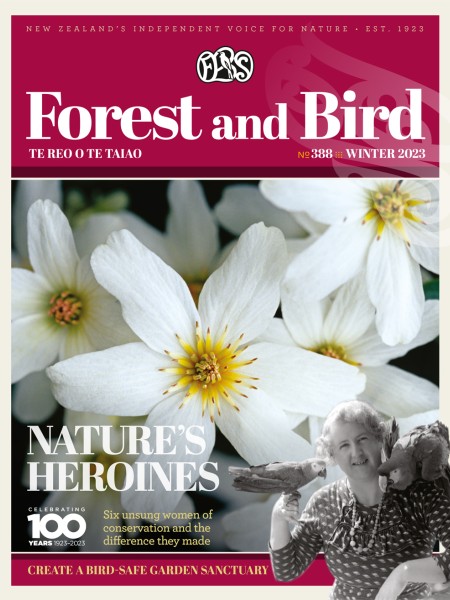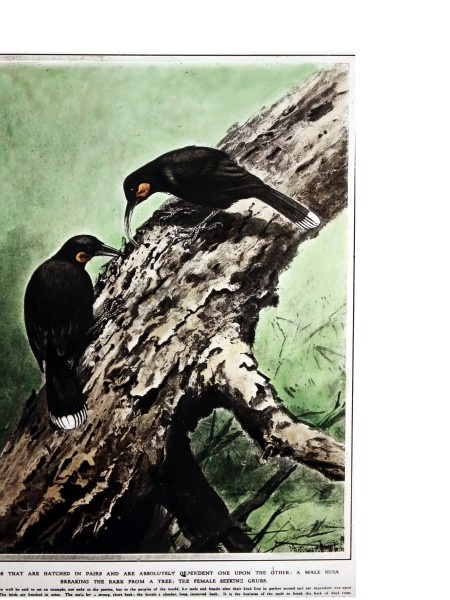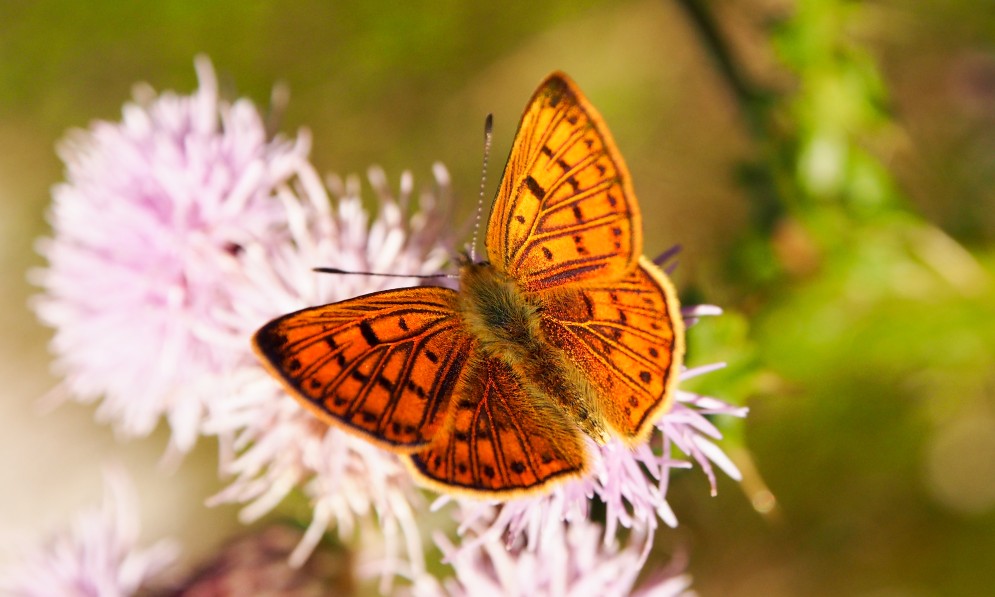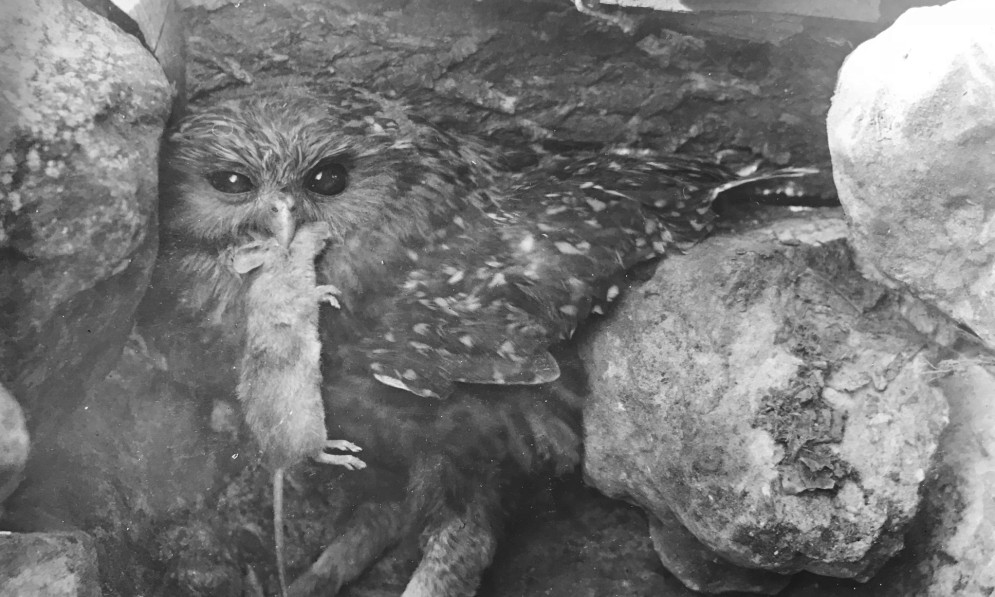More than 75% of indigenous species are at risk of extinction or becoming threatened. What can we do to turn this around? By Caroline Wood
Forest & Bird magazine
A version of this story was first published in the Winter 2023 issue of Forest & Bird magazine.

The loss of many of our indigenous species is a real possibility,” said Statistics NZ’s Michele Lloyd, in April, as she released the latest information on which of our flora and fauna is at most risk of vanishing forever.
It showed 94% of reptile species, 82% of bird species, 76% of freshwater fish species, and 46% of vascular plant species are facing extinction or are at risk of being threatened with extinction under New Zealand’s threat classification system.
Those at risk of imminent loss include toroa Antipodean albatross, the Chatham Island black robin, kakī black stilt, kākāpō, orange-fronted kakariki, kōtuku white heron, and the whenua hou diving petrel.
“New Zealanders care about their wild places more than any other country, yet we now have the highest proportion of threatened species in the world,” says Nicola Toki, Forest & Bird’s chief executive.
“Unfortunately, this downward spiral for our unique birds, insects, fish, and marine mammals is not new. We continue to receive reports like this year after year.
“Yet our governments, councils, and powerful industry groups are still allowing native habitat loss and the destruction of waterways and the creatures that live in them. It’s time for all of us, especially our decision-makers, to show courage and to say enough of this.”
The Statistics NZ data and findings on the extinction threat to indigenous species are from November 2022 and don’t capture the impacts of the recent storms and flooding.

The last confirmed sighting of huia was around 1907 with a few likely persisting until the 1920s. Image Lantern slide, Forest & Bird archive
Forest & Bird is asking all of you to help us be a strong voice for nature in the run up to October’s general election. We need to demand every political party commits to restoring nature to save humanity – and tells us how they are going to do it.
Continued threats include farming intensification, loss of wetlands, pests decimating forests, and sea-level rise. These are not just a threat to indigenous flora and fauna but to humankind’s existence.
Are we as a nation going to sit back and let more species go the way of the huia, whēkau, and other lost taonga? See right for five things the government can do to turn things around for nature.

Table showing how many flora and fauna species are at risk of extinction. Statistics NZ
Actions needed now
- Properly implement and resource the national biodiversity strategy Te Mana o te Taiao. This contains a raft of policy and statutory instruments to restore nature over the next 30 years.
- Finish the National Policy Statement on Indigenous Biodiversity that’s been sitting in draft form for more than a decade. Forest & Bird and Federated Farmers worked hard to pull this important document together, and it could help turn things around for our wildlife.
- Double natural wetland extent by 2050 to increase habitat for threatened species, store carbon, reduce flooding, and filter water. Develop a national Room for Rivers plan, with a contestable flood mitigation fund, that would give habitat back to birds, fish, and insects, while also making communities more resilient to flooding.
- End new mines on public conservation land, as the former Prime Minister Jacinda Ardern promised her government would, to prevent further habitat destruction and carbon emissions from mining. Invest in sustainable green technologies to futureproof our economy.
- Restore native forests through new plantings and properly resource pest control to protect our natural carbon sinks and bring back our birds, lizards, and insects. By investing in future native forests, the country can help stop erosion and flooding in vulnerable places.
Data deficient

The Moths and Butterflies of New Zealand Trust is having to fundraise to pay for DNA research to better understand pepe para riki, the copper butterfly. Image Angela Moon
Lack of information about some species means it’s impossible to accurately categorise its extinction threat. Data deficient species include most marine mammals and less sexy charismatic native species such as lichens and insects.
“This is concerning because in many cases we don’t actually know how many species are doing because we don’t have data for them,” added Nicola Toki. “We need to do better and fund scientists to get out into the bush and oceans to find out how our indigenous taonga is doing in the wild.”
For more information about the extinction threat to indigenous species, including estimated population trends, go to Statistics NZ.

